

The branding of cosmetics brands often gets overlooked. On one hand, cosmetics is one of the categories that put the heaviest attention on branding – strong emphasis on packaging, naming of every products and shades, eye-grabbing marketing campaigns… On the other hand, customers pay so much attention to only a few star products and new releases that the brand itself often takes a back seat – the popularity or reputation of the cosmetic brand relies greatly on each product cycle.
In the fiercely competitive realm of cosmetics brands, crafting a captivating brand image is paramount for fostering customer loyalty and solidifying the brand’s long-term standing. While some emerging brands thrive, established ones may risk losing focus. This article delves into captivating brand narratives within the cosmetics industry, shedding light on the successes of newer entrants and cautioning against losing sight of the broader strategic vision. Explore how strategic brand building is the key to not just surviving but thriving in the dynamic landscape of cosmetics brands.
Founded by French make-up artist and photographer François Nars in 1994, NARS Cosmetics only launched in China this year despite the great success in western markets. Under a clean-lined visual identity that predominantly uses black in packaging, NARS actually carries a unique, subdued sexiness that is reflected in its unconventional product naming and touches of pink and gold colors in its products and communications.
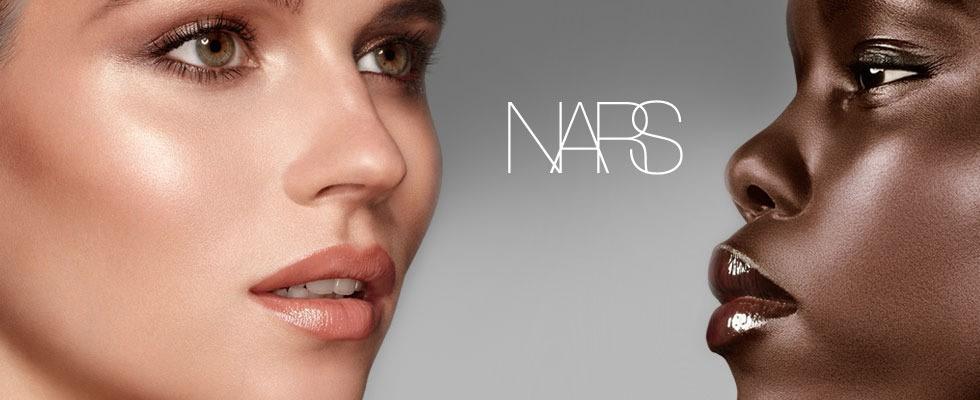
NARS’s launch in China created quite the buzz thanks to the question of how to best translate their unique product names – ORGASM, DEEP THROAT and SEX MACHINE to be exact – in China. The marketing smartly took to social media to call for Chinese naming ideas from their fans. This campaign not only largely engaged the consumers while creating buzz for the brand’s long-awaited launch in China, but more importantly, it underlined NARS’s brand attributes in an indirect way by placing these unconventional product names, also their flagship products, at the front line. This move is especially brilliant as the brand eventually will not likely to be able to translate these product names directly, due to concerns of both China’s social context and government censorship.
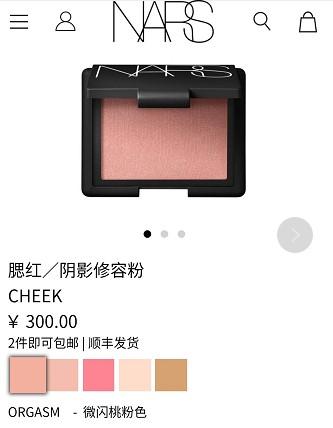
According to NARS’s official e-commerce site on WeChat, ORGASM turned out to be named as “shimmery peachy pink“, DEEP THROAT as “shimmery soft pink” (although at the moment of writing, we are not certain yet if these are the final naming).
On the other hand, the brand took certain curious actions. Contrary to common practice, NARS’s selection of brand ambassadors are not female celebrities, but actors Jingyu Huang and Shuo Yang who appear to fit two different “guy types”. If we assume NARS is taking a page from Abercrombie & Fitch, who are they trying to appeal to? This also poses quite a drastic contrast of NARS’s long time global ambassador – Tilda Swinton, who embodies NARS’s subdued sexiness almost perfectly.
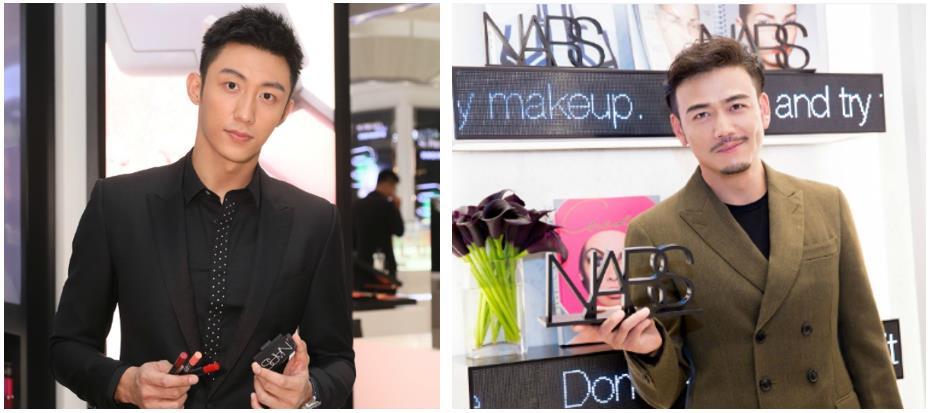
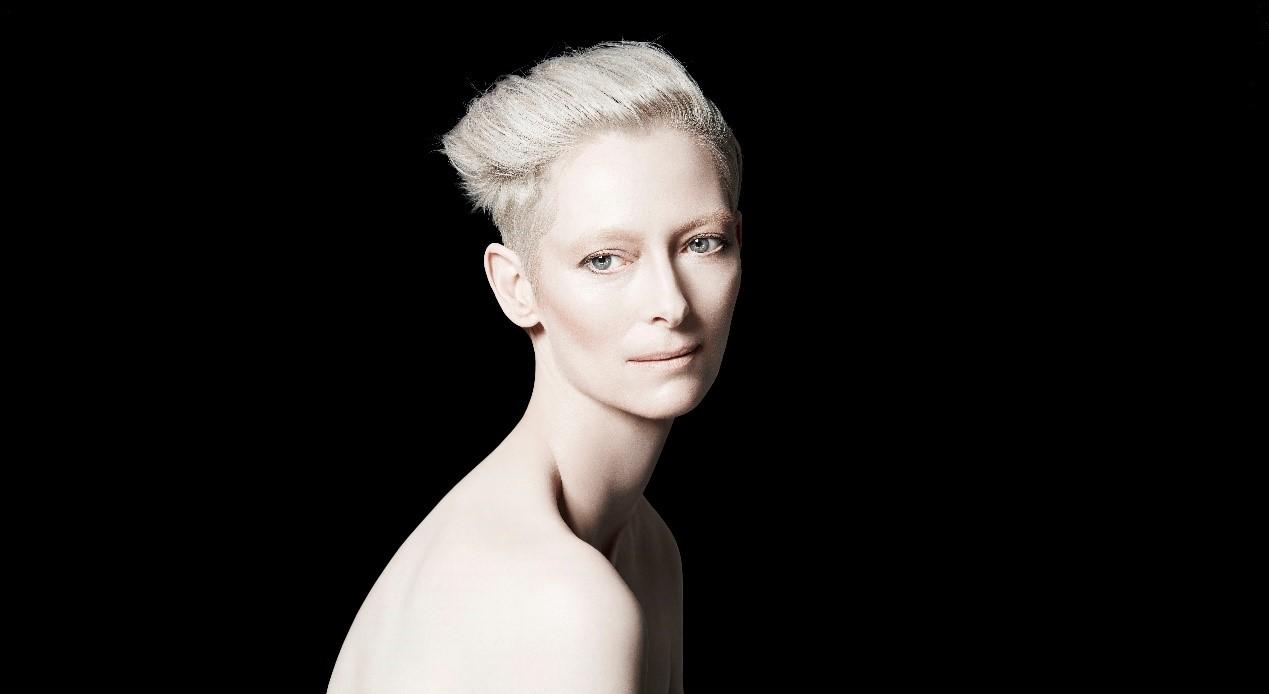
It is evident from the brand’s social media posts that NARS China wants to continue to put emphasis on its sexual aspect to work towards a unique market niche. However, it seems that the brand is still trying to find its right tone. The fact that NARS’s official Weibo account is writing down “openly” sexual lines (instead of hinting tastefully) is rather interesting.
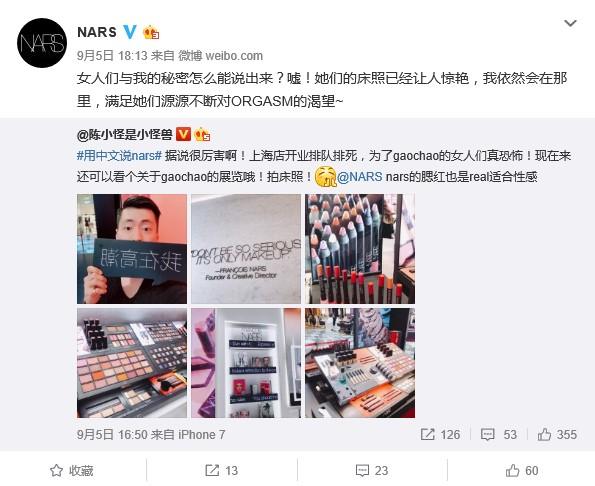
From NARS’s official Weibo account reposting a post by a male influencer: “How could I disclose my secrets with women? Sheesh! Their ‘bed pics (nudes)’ are breath-taking enough. I’ll still be there, meeting their constant desire of ORGASM”.
From the localization of NARS, we see hits and misses. With a rather specific brand positioning, a well-defined brand platform and verbal identity guide are even more important in the times of conquers and expansion.
A part of L’Oreal’s Luxury Products division, Lancôme is one of the first international cosmetics brands to enter China. For a long time, Lancôme has been known as a luxurious and sophisticated French cosmetics house with a more mature customer base. This is proven by Lancôme’s choice of brand ambassadors – for many years and till this day, the Oscar winning British actress Kate Winslet.

However, over the past few years, Lancôme is trying to appeal to a younger audience, especially with its make-up lines. With the addition of supermodel Taylor Hill amongst its brand ambassadors, the brand is displaying a more cutesy and playful image.
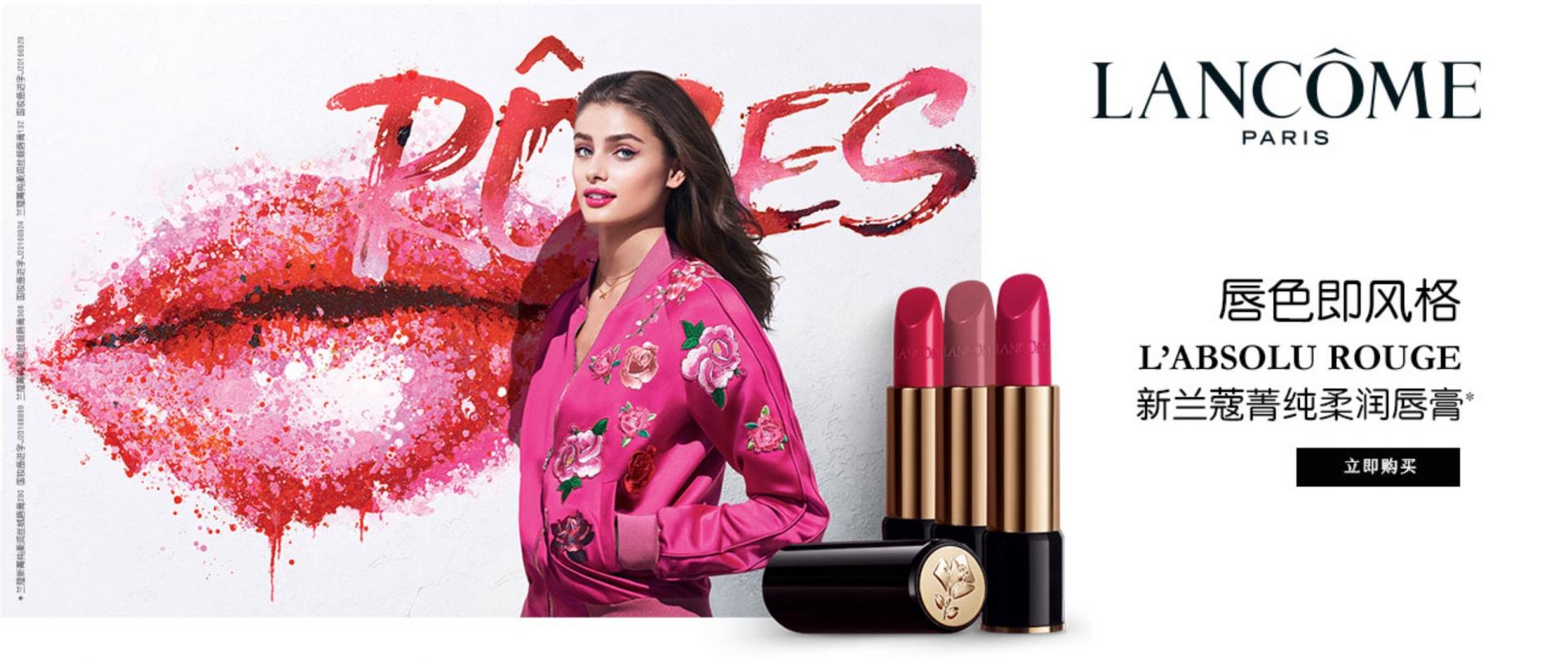
This is further demonstrated by a few of the brand’s recent product launches. Back in 2012, Lancôme launched a mascara named “Doll Eyes” with a dedicated digital campaign, which was an early sign of Lancôme’s shift in brand positioning.
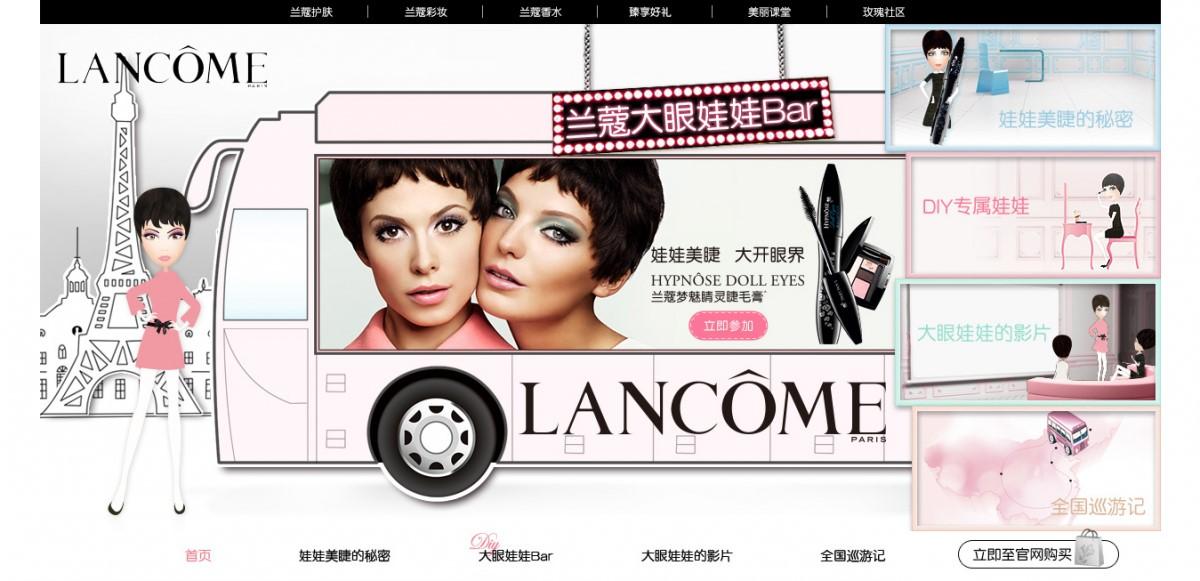
More recently, Lancôme was one of the first Western brands to embrace the Korean beauty trends by launching the Miracle Cushion Foundation in 2015, which inevitably became a best-seller. In 2016, the brand launched another lip product with a playful design dubbed the “Juicy Shaker”. Mimicking a cocktail shaker, the product has a sponge tip applicator and a chubby shape.
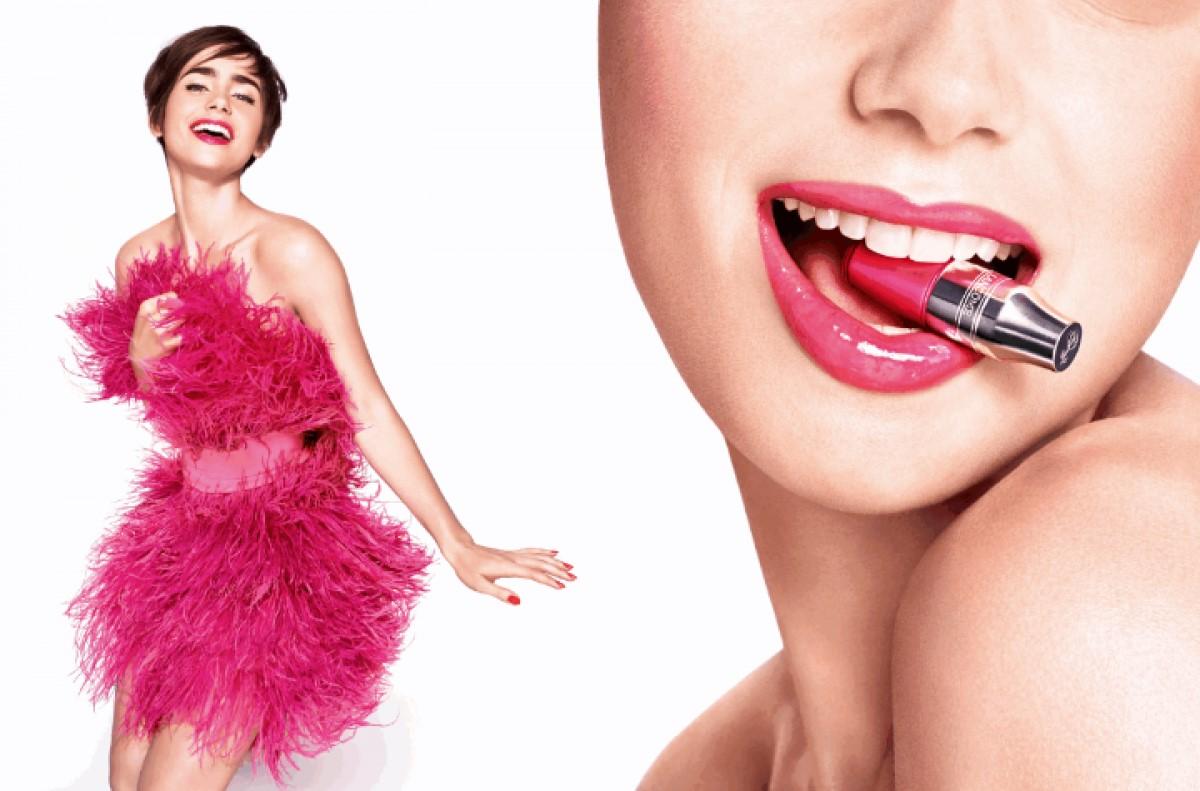
While the majority of Lancôme’s products and communication, with the skincare lines in particular, remains to be classic and elegant, the younger, more playful image seems to gradually take over, becoming Lancôme’s new identity. This is especially true towards the Asian markets.
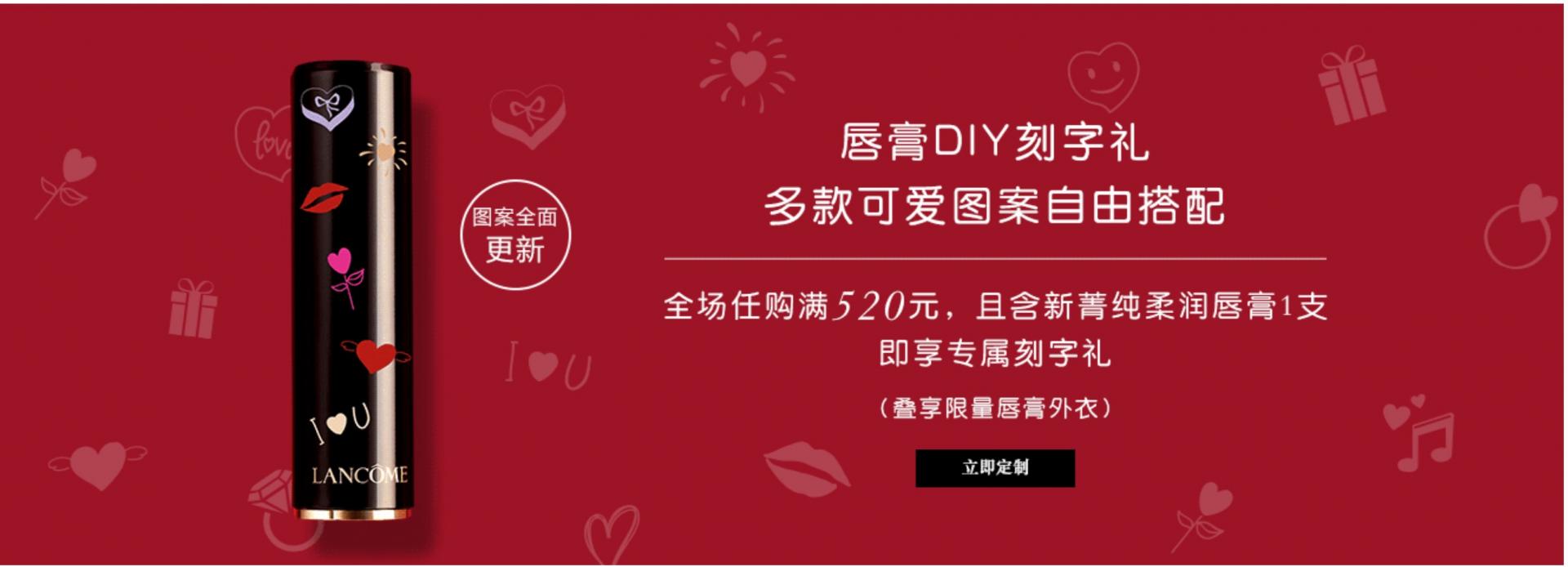
A Lancôme campaign in China where customers can customize their Lancôme lipstick with cute prints and engraves.
We dare to assume that Lancôme is in fact shifting its brand strategy to target a younger demographic, as the change of tonality in brand actions on such a scale is unlikely to be anything close to short-term marketing tactics, in which case, would harm the brand greatly. We indeed are witnessing an interesting phase of transition, where Lancôme should put extra efforts into ensuring a compelling brand identity towards both its young and mature audiences, to prevent the loss of brand loyalty.
The power of consistent and focused branding for cosmetic brands should not be overlooked. Emergent brands such as Glossier and ColourPop are excellent examples.
Launched in October 2014, Glossier creates a distinctive and impactful brand identity by combining a differentiating visual identity with a powerful brand message.
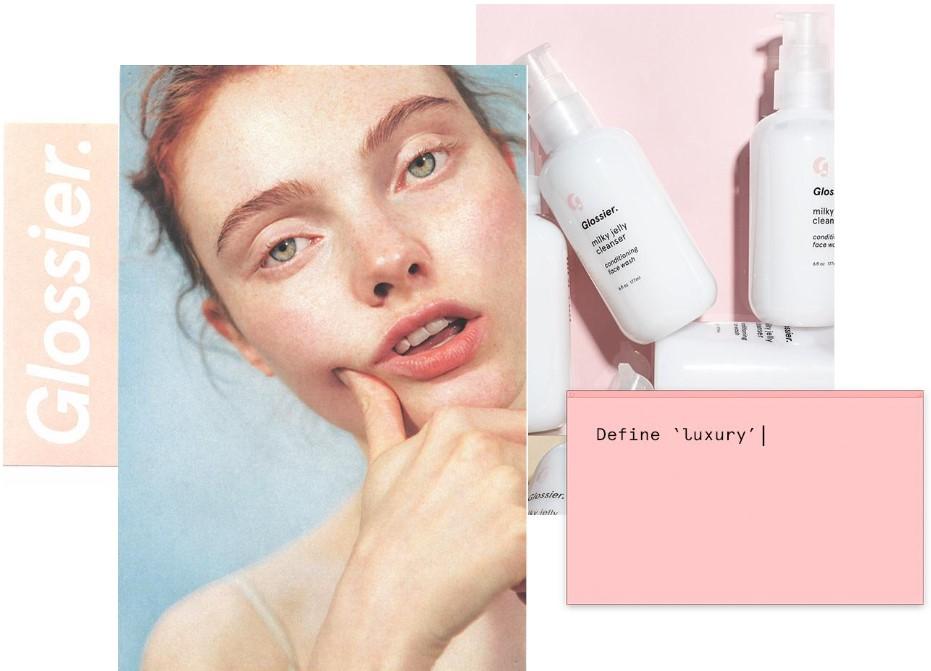
Founded by social media influencer and beauty editor Emily Weiss, Glossier has an edgy yet romantic aesthetic and delivers straightforward communication of its brand philosophy, which helped the brand to gain instant success amongst its target audiences. This brand essence has been consistently carried through various touchpoints such as its showroom design as well as new product launches over the years.
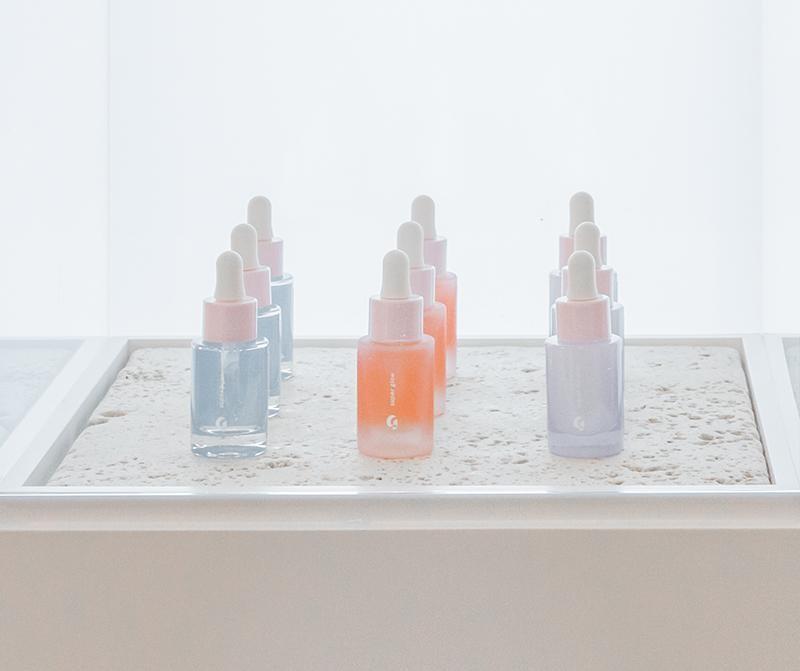
Also founded in 2014, ColourPop is another American cosmetics brand that targets young consumers, proudly stating that they are a (animal, people and wallet) friendly company. With extremely affordable pricing, ColourPop conveys an accessible personality through its verbal and visual identity.


On top of highly responsive customer services and record-fast product launch cycles, the brand demonstrates a unique mindset of doing business that greatly appeals to its young audiences. The company is highly open about things usually kept behind the curtains – for instance, influencers are often invited to visit their factory for a collaboration or tour, then make videos of how ColourPop formulate and test their products. The founders Laura and John Nelson have been quite transparent in front of the media as well of how the company operates, priding themselves to be different from the traditional industry: ColourPop is happy to engage its customers in product conceptualization, and is highly efficient in production – “taking a new product from concept to consumer in five days” in one extreme case.
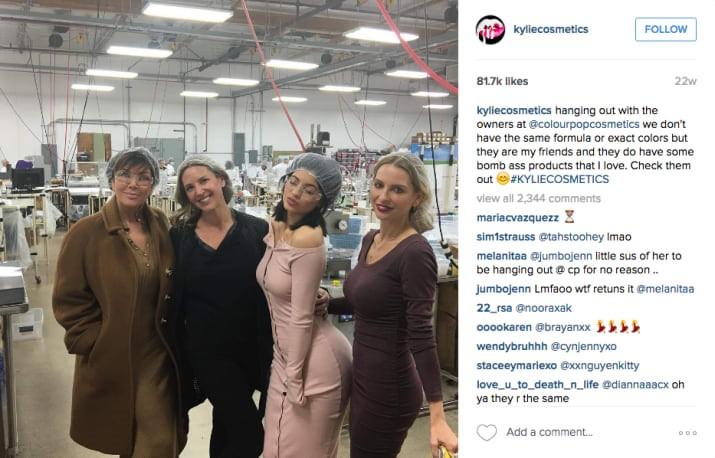
Kylie Jenner’s Instagram post via the Kylie Cosmetics account where she meets the owners of ColourPop at its factory
ColourPop is known for actively collaborating with beauty influencers and pop icons to release special lines or limited editions, the latest addition being with the cartoon and pop culture phenomenon, My Little Pony.
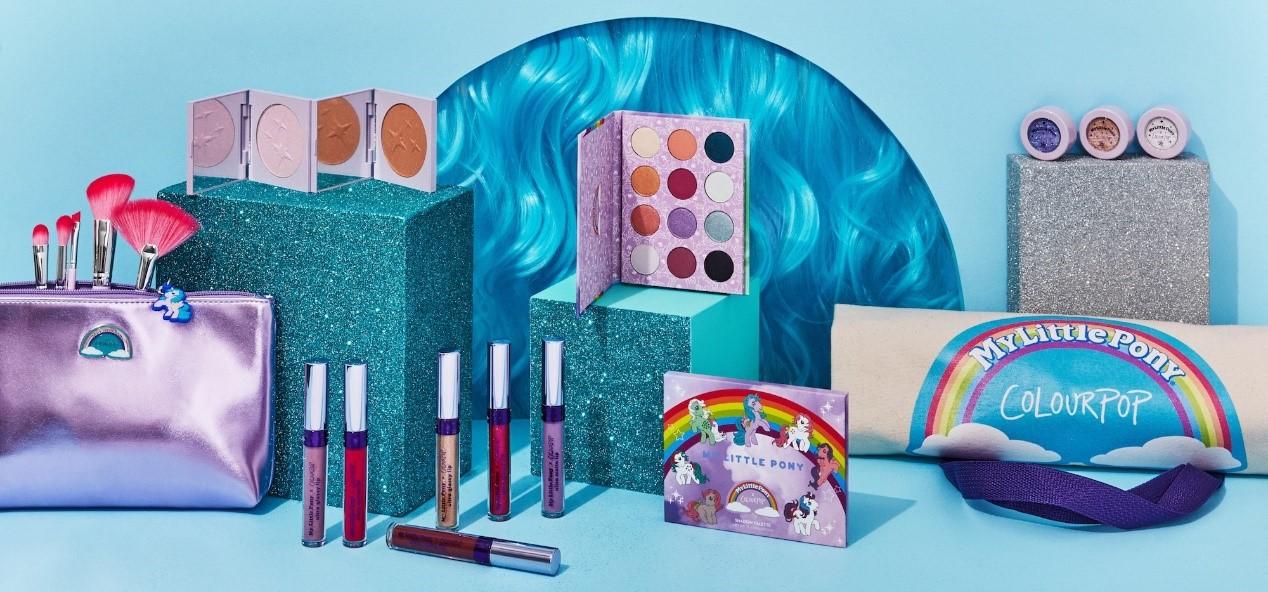
No matter the different price points, both Glossier and ColourPop have a crystal clear understanding of who they are, which they consistently convey through not only their visual and verbal communication, but through various brand actions as well, such as what products to launch, who to select as brand ambassador or what the sales point should be. As a result, such focused and strong branding creates great impact for both brands – we see extremely high brand loyalty in their customers and overwhelmingly positive word-of-mouth.
We may argue that these young emergent brands have an upper hand, as everything is that much clearer when the brand is fresh and the founders are thriving. However, this is no reason for the much more established heritage brands to let their brand truths become blurred by short-term vanity, affecting its brand equity in the long run.
So, what should cosmetics brands owners do to stay on course? First, when entering a new market, a localized brand book that includes a culturally interpreted positioning as well as a detailed messaging guideline, is a must for the effective adaptation and systematic management of the high-level brand values and assets at the local markets.
Consumer loyalty is intricately tied to the emotional bonds they forge with brands. Despite the initial allure of successful marketing campaigns or product launches, the absence of clear brand communication can prove detrimental over time. In the world of cosmetics brands, where competition is fierce, building and maintaining a strong emotional connection is imperative for cultivating a loyal customer base. It’s crucial to infuse brand thinking into your marketing strategies to ensure resilience and sustainability. As you navigate the dynamic cosmetics industry, prioritizing cohesive brand communication becomes the key to not only capturing attention but also securing lasting consumer allegiance.
A Labbrand Group Company © 2005-2025 Labbrand All rights reserved
沪ICP备17001253号-3* Will be used in accordance with our Privacy Policy
To improve your experience, we use cookies to provide social media features, offer you content that targets your particular interests, and analyse the performance of our advertising campaigns. By clicking on “Accept” you consent to all cookies. You also have the option to click “Reject” to limit the use of certain types of cookies. Please be aware that rejecting cookies may affect your website browsing experience and limit the use of some personalised features.